Shopping Cart
0 item(s) - Rs 0.00/-Yantras
Yantra | Benefits of Yantra | Structural elements and symbolism
Yantra referred to as ‘Mandalas’ are geometrical figures, diagrams or symbols that are defined by simple forms in design and represent Mantras. They are daily worship at home or in temples, and sometimes worn as a charm.
As an aid to meditation, yantras signify the deity that is the object of meditation. These yantras emanate from the central point (Bindu). The yantra has geometric shapes reflecting concentrically from the center, including triangles, circles, hexagons, octagons, and symbolic lotus petals. The outside includes a square expressing the four cardinal directions, with doors to each of them. A popular form is the Sri Chakra, or Sri Yantra, which represents the goddess Tripura Sundari or Lord Shiva.
Yantras are drawn on a flat surface or three dimensional (3D). Yantras drawn on paper, engraved on metal, or any flat surface.
Benefits of Yantra
- Yantras are used as good luck charms to ward off evil, as preventative medicine, in exorcism, etc.by using their magical energy.
- Yantras energy is said to cleanse the environment and electrify the atmosphere with positivity.
- Yantras are used as a foundation for ritual implements such as lamps, vessels, etc.
- Yantras used in specific desire-oriented rites.
- Yantra contains powerful spiritual vibrations and energies, which destroys all sorts of negative vibrations and attracts vibrations of abundance, wealth and all benefits
- It removes poverty conditions and clears debts.
- Yantra helps to improve marital compatibility between the couple and grow bonds between them.
- To remove the bad influences caused by planets and improve the positive effects.
- Yantra helps students study well by improving their concentration, focus, memory power, and secure high grades.
Structural elements and symbolism
Yantra designs in modern times have differed from the traditional patterns given in ancient texts and traditions.
Mantra: Yantras frequently include mantras written in Sanskrit. Used to gain positive energy and to get rid of the malefic effects of unfavorably placed planets.
Color: White/ Red/ Black is one of the most important color combinations, representing the three qualities of nature. White represents purity (Sattva); red represents rajas or the activating quality; black represents tamas or the quality of inertia. Specific colors also describe certain aspects of the goddess.
Bindu: The central point of traditional yantras has a Bindu or point, which represents the main deity associated with the yantra. The Bindu in a yantra represented by a dot or small circle, or may remain invisible. It represents the point from which all of creation begins. Sometimes, as in the case of the Linga Bhairavi yantra, the Bindu presented in the form of a linga.
Triangle: Most Hindu yantras include triangles. Downward pointing triangles represent God or Shakti, upward-pointing triangles represent the masculine aspect as Shiva.
Hexagram: Hexagrams representing the union of male and female aspects of deity, or Shiva and Shakti.
Lotus: Yantras frequently include lotus petals, which represent purity and transcendence. 8 petaled lotuses are common, but lotuses in yantras can include 2, 4, 8, 10, 12, 16, 24, 32, 100, 1000 or more petals.
Circle: Many mandalas have three concentric circles in the center, representing manifestation. The circle signifies perfection and the peaceful creative void of the Vishudha chakra.
Pentagram: Yantras rarely use a pentagram. Some yantras of Guhyakali have a pentagram, the number five being associated with Kali.
Octagon: Octagons are also rare in yantras, where they represent the eight directions.



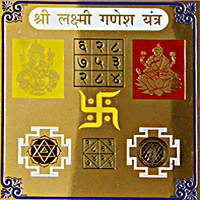
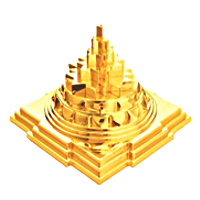
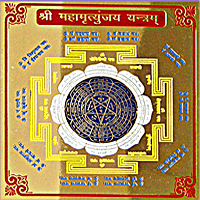
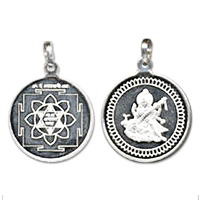
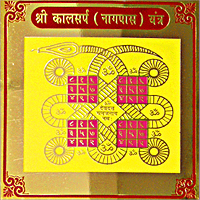
 Head Office Address:
Head Office Address: Telephone:
Telephone: E-Mail Addresses:
E-Mail Addresses:




